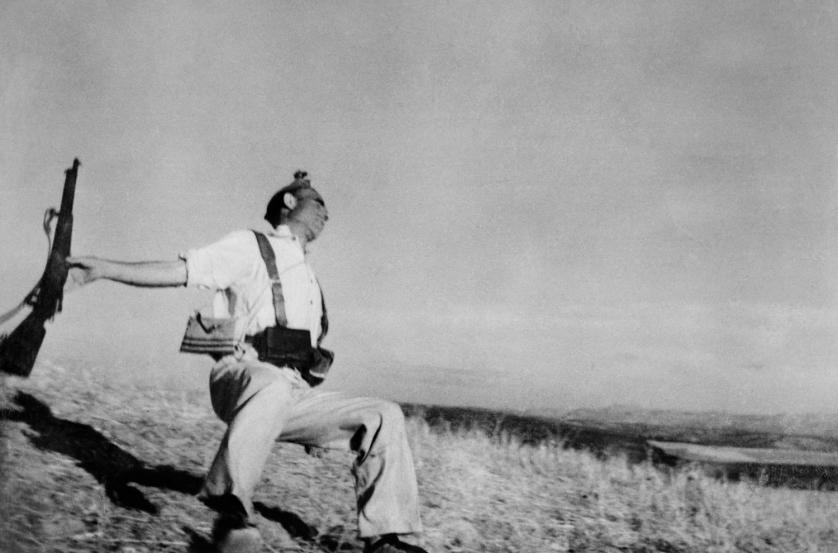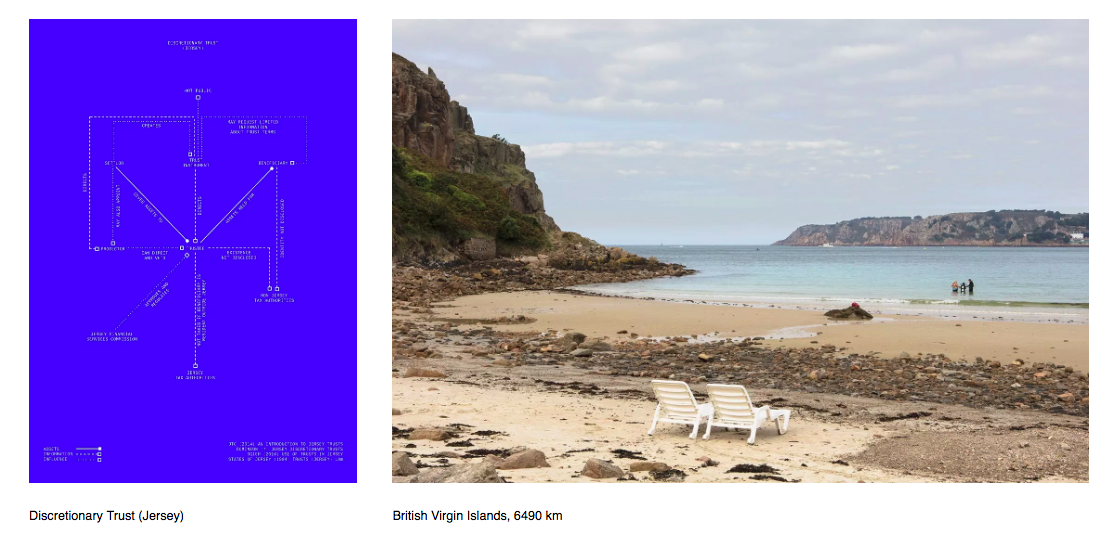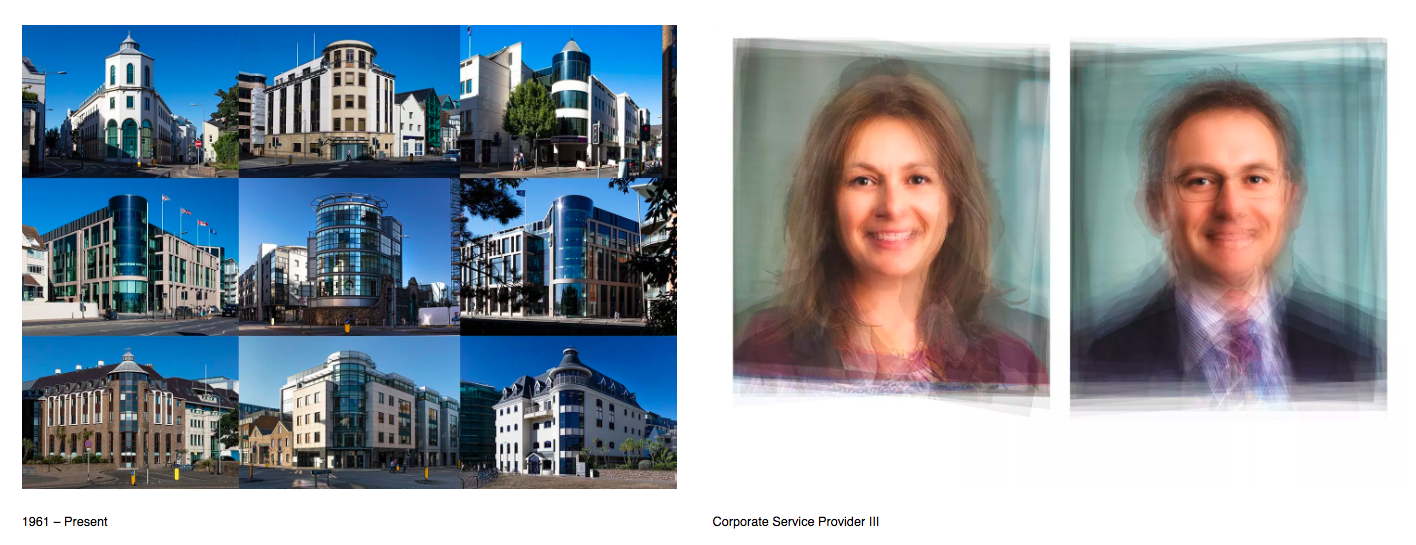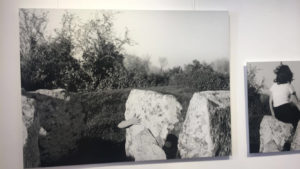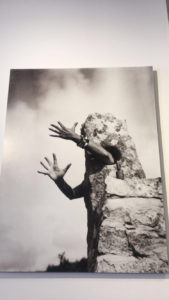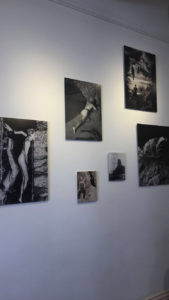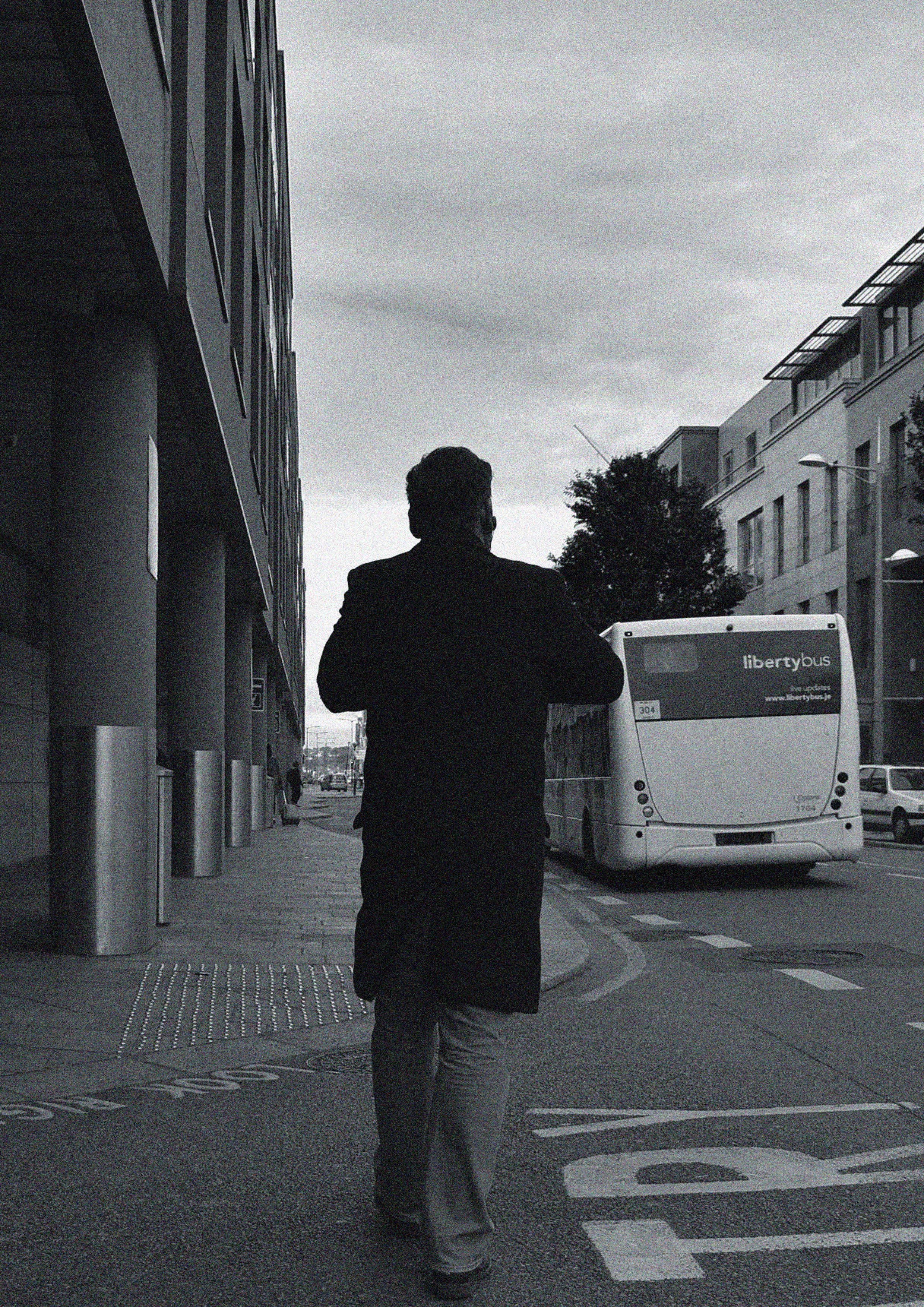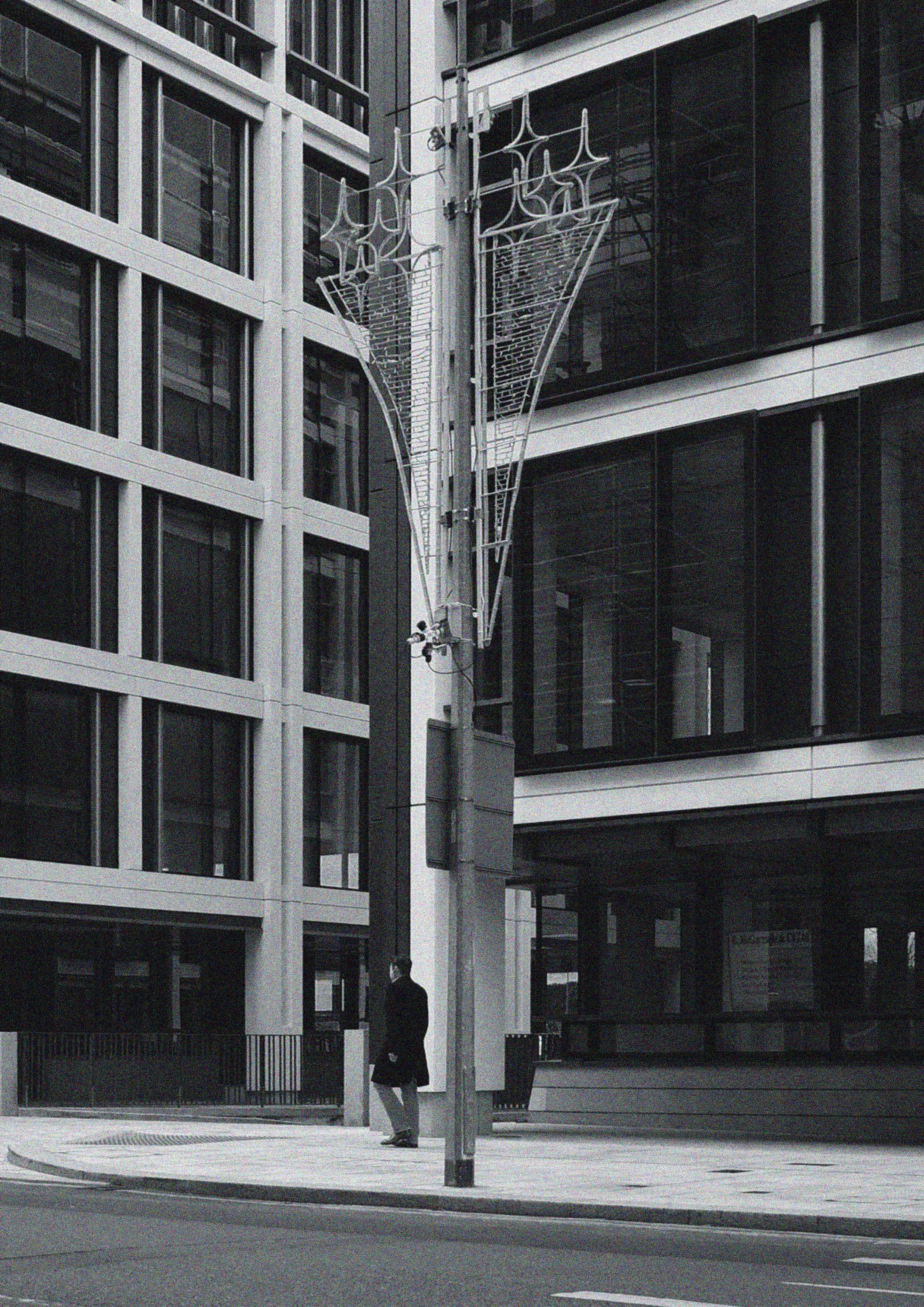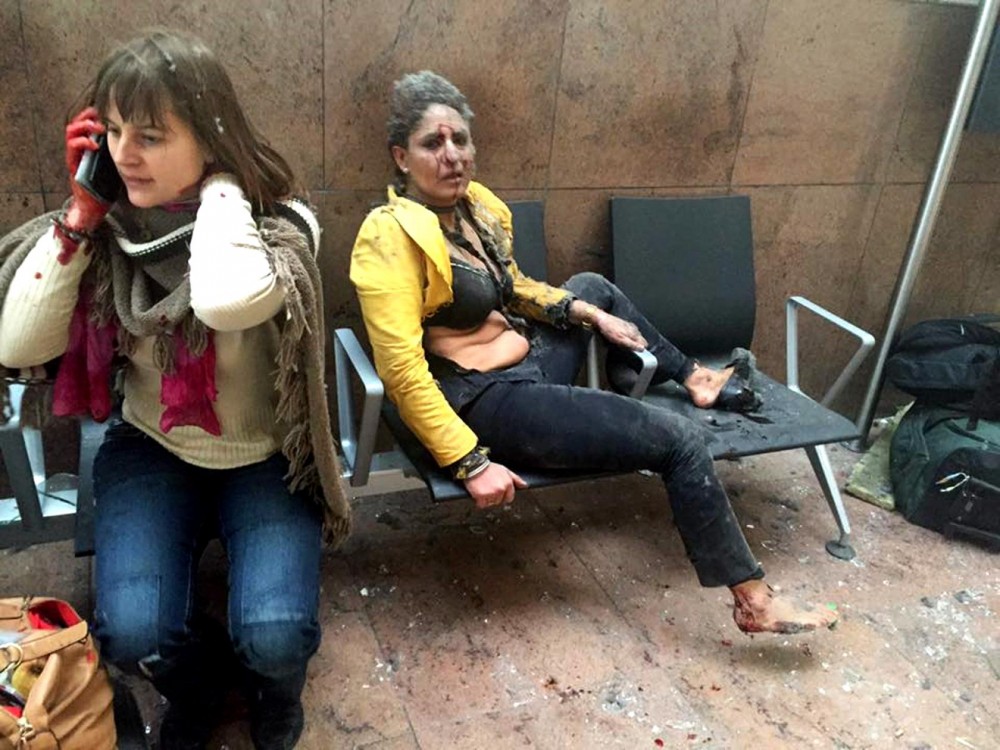
This photograph is clearly a shocking and emotional image that immediately connects to the audience in a horrific way that makes the audience think about the disasters that are occurring. Through a variety of ways this image is effective in connecting with the audience and telling a story and the image can provoke such emotion and story through the technical, visual, contextual and conceptual factors.
The technicality is a vital aspect in creating an image and in particular within this image it is key to portray the real events. The natural lighting used to construct this image is significant in portraying the event as realistic and truthful manner. The natural light used shows a clear documentary approach to the photography as appose to a tableaux style where artificial light is used and the photograph is staged. The technicality of the picture doesn’t appear to be very good and this shows a correlation between the rush and chaos of the location in which meant the photographer was unable to sort out the best settings on her camera for the shoot. There is a slight blur within the main subjects and the shutter speed appears to have been on for a bit too long with a slight over exposure which appears to be present. Also, the ISO seems to be at around 400-800 due to the noise and grain that is incorporated. Whether intentional or not i believe that this is effective in showing the chaotic and emotion within the area.
Visually, this image is empowering in creating the story of what happened within the Brussels terror attack. To me, the stand out visual aspect is the variety of textures that show the utter destruction that has occurred and injuries as a result too. Mainly rough textures are involved which highlight the suffering and misery within the scene. Further rough textures that are present can be seen on the women’s clothing and the hand of the women on the left and foot of the women on the right. I believe these aspects of the image can influence an emotional response with the audience as they will feel sympathy for the suffering that the people in the attack are experiencing.
This photograph was captured by the photo journalist Ketevan Kardava in Bruseels Airport, Belgium. It was taken after the explosions were heard Tuesday, march 22, 2016. Ketevan Kardava, a special correspondent for the Georgian Public Broadcaster network has had her photograph published and shared across the world including on the front page of the New York Times. Kardava was on her way to Geneva to report on talks between Russia and her home country, Georgia, when the first of two suicide bombers detonated his explosive vest. “Doors and windows were flying,” Kardava tells TIME. “Everything was dust and smoke. Around me there were dozens of people without legs, lying in blood.” Her first instinct was to look down at her own legs. “I couldn’t believe I still had my legs. I was in a state of shock.” “I wanted to run to a safe place too, but I also wanted to take pictures. As a journalist, it was my duty to take these photos and show the world what was going on. I knew I was the only one at this spot.” The photo above is thought to have been the first photo that she captured on the location.
This photograph is a clear representation of the truth of the horrific events that took place in Brussels. In contrast with some photo journalism, this is a truthful representation and has no signs of photo manipulation or hidden subject matter. The journalist took a realistic and truthful approach to trustfully document the attacks that were occurring. Although the images are in some peoples views insensitive and too graphic, i believe that photojournalism is supposed to be impact and essential to allow knowledge for the community to see what is happening in our world. Without these powerful images impacting individuals and creating an emotional response, it is likely that the consumers are unable to realise the impact of these events and there will be less help and support for situations like so.


